There are a number of ancient megalithic archaeological sites in Malta. It is one of the reasons that drew my interest to this beautiful and diverse country. Today I made a visit to the Tarxien Temples, and wow, was I ever impressed.
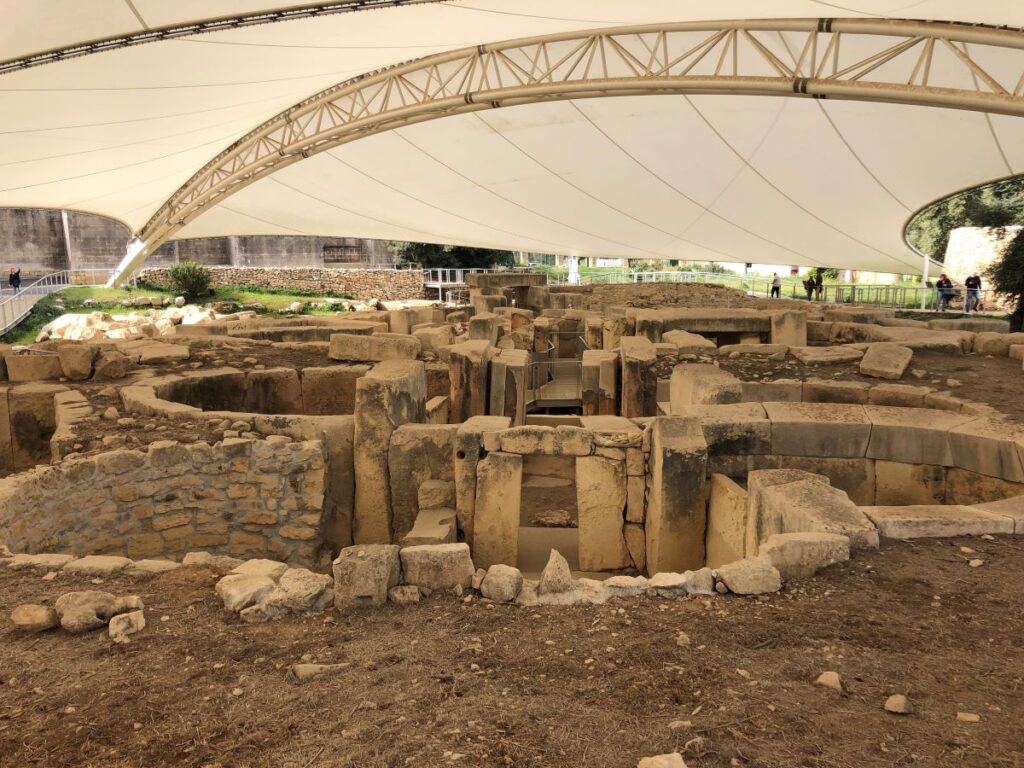
Getting There
No matter where you are on Malta, a simple bus ride or two, will bring you to the village of Tarxien. The temples are located towards the centre. I was able to walk from my neighbourhood in only 45 minutes. It was an easy walk and felt perfectly safe. You can always take an Uber or taxi as well.
The entrance fee for adults is 6 Euro, very economical.
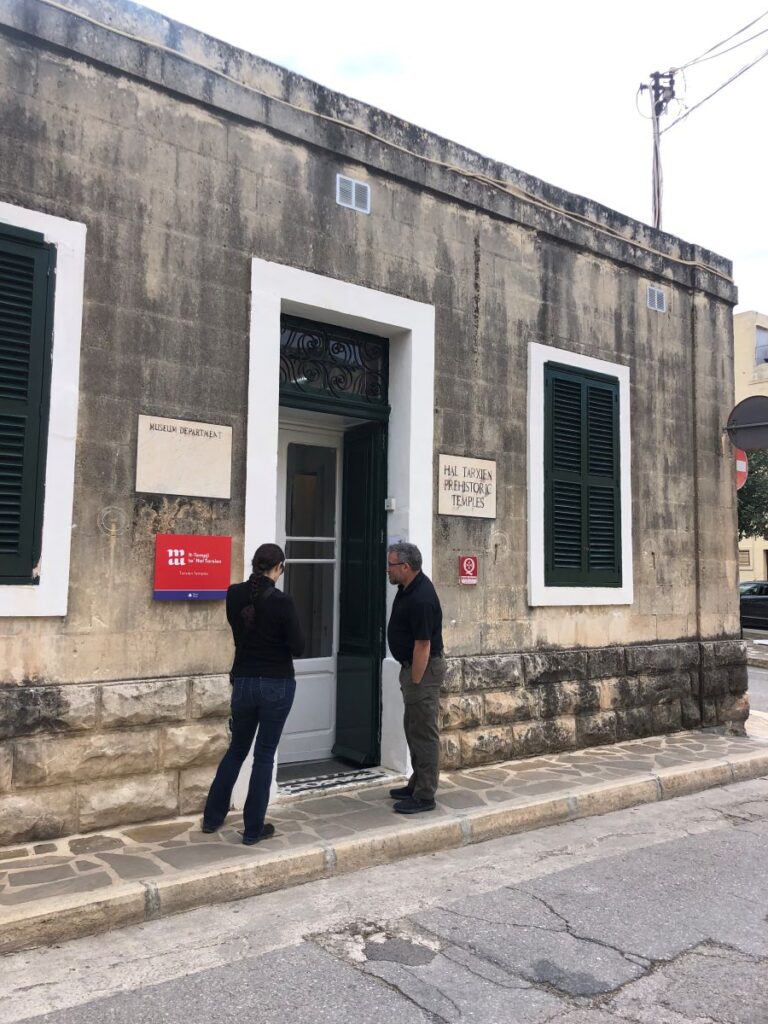
The Temples
The Tarxien temples are now a UNESCO world heritage site. They were built in roughly 3150BC and are the largest Megalithic site on the Maltese islands.
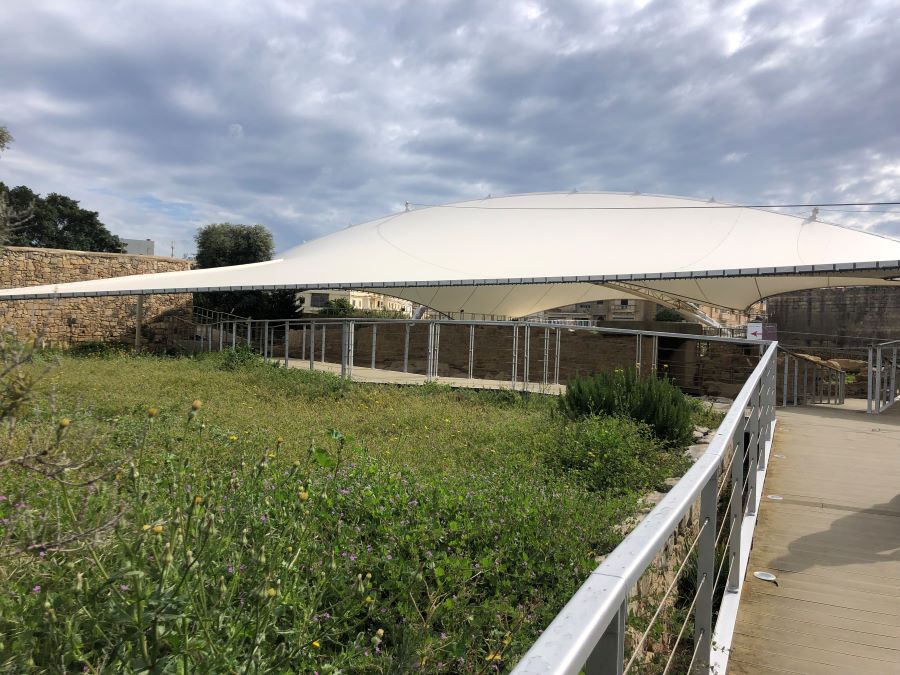
Discovered in 1913 by farmers plowing their fields, they were officially excavated in 1915-1919. Along the route, you will see multiple informative plaques with details about what is in front of you.
The Site
There are actually four temples on the site that are believed to have been used for animal sacrifice. All are clustered together but you can clearly see the outlines of the walls that form each one.
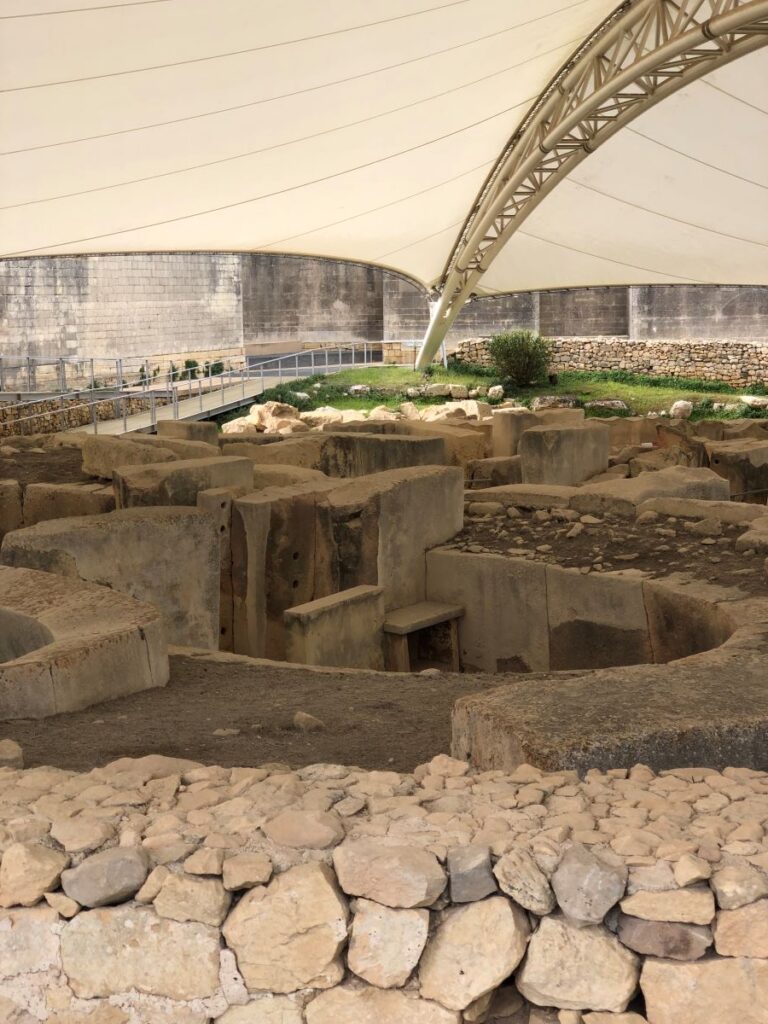
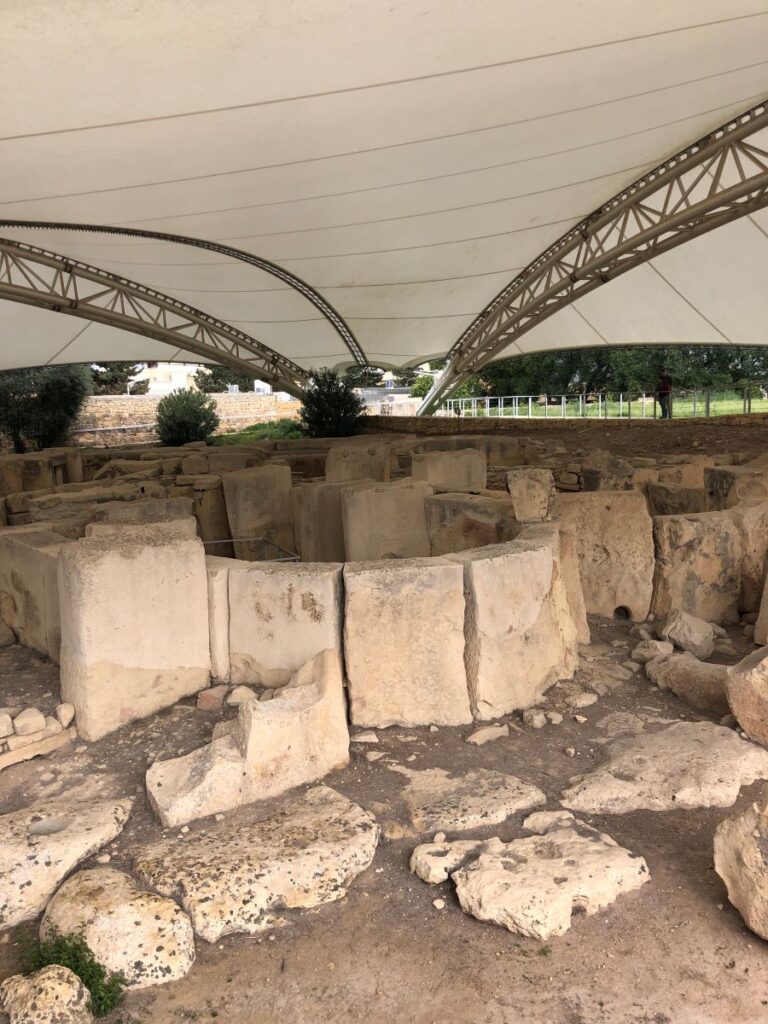
Carvings
Tarxien has the most carvings of any of the sites on Malta. Many are beautiful organic circular patterns however there are also two bulls and a sow with piglets! These are absolutely stunning to see in person.
Prehistoric artwork is incredible for me to view. I like to imagine it perhaps as a type of graffiti. Someone making their mark, recording what is important at that time.
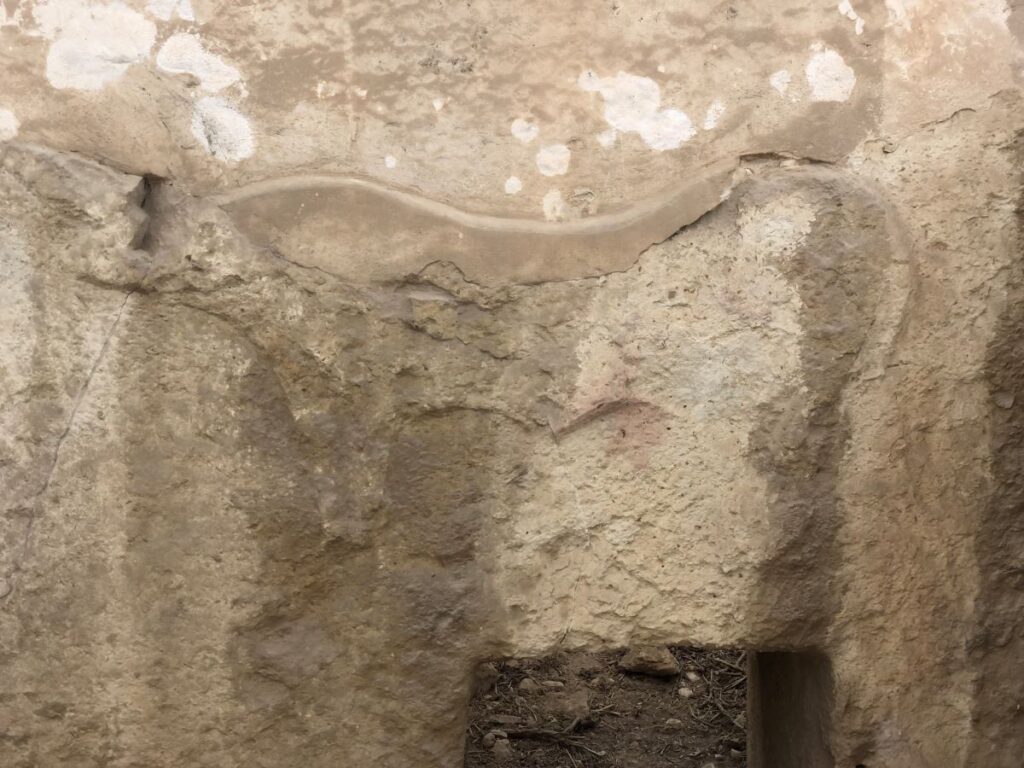
The sow with her piglets is so lovely. Once you locate it on the stone face, you will have discovered a real treasure. The second bull is just above her and a little to the left. These are huge carvings, not small hand sized marks.
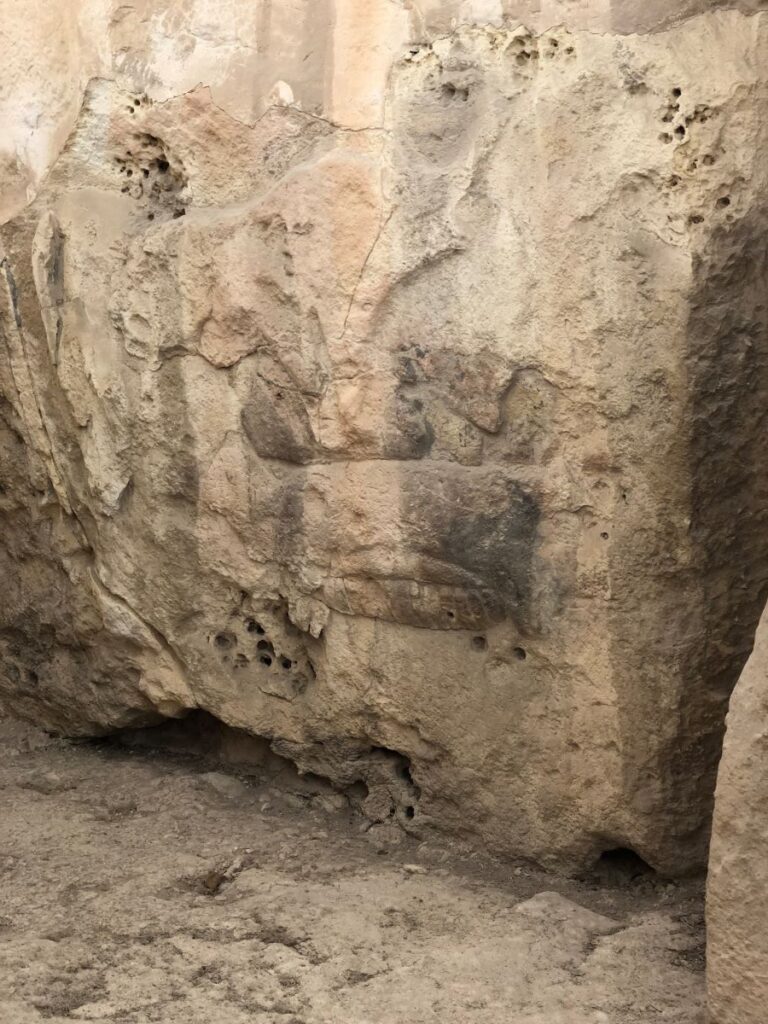
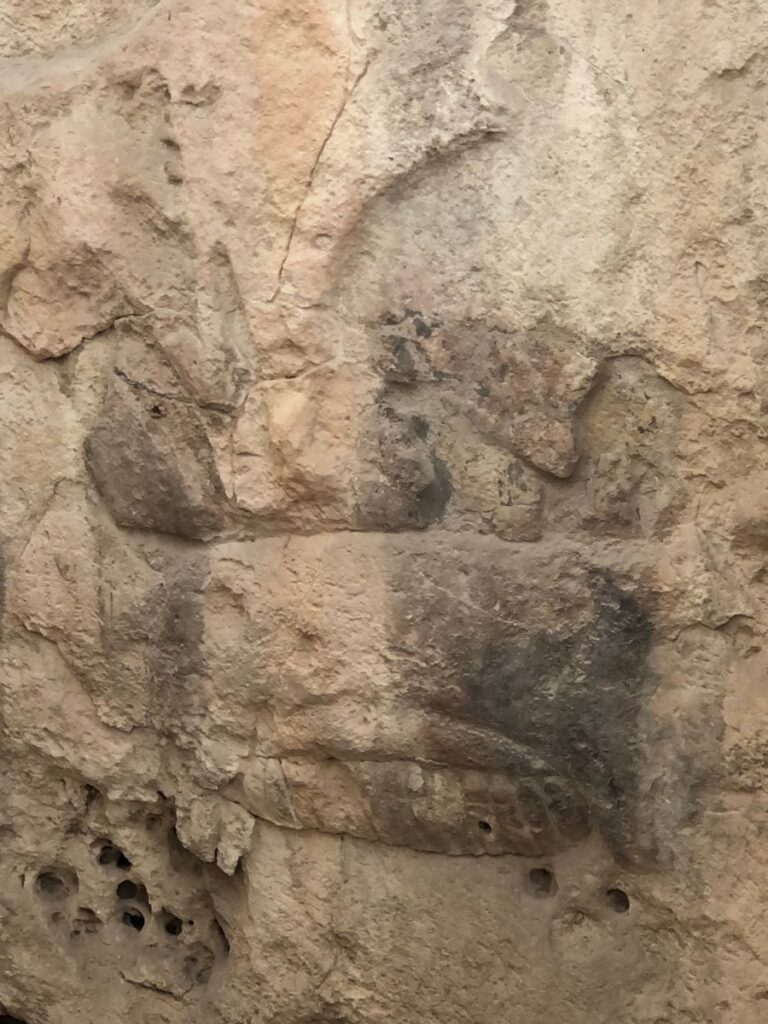
The bottom half of a large stone statue of a female was also found during the original excavation. A replica can be seen in one of the temples. The original has been moved to the Museum of Archaeology in Valletta.

Altars & Other Finds
There were many altars and most were clearly evident. Animal bones and other remains have been found in and on these.
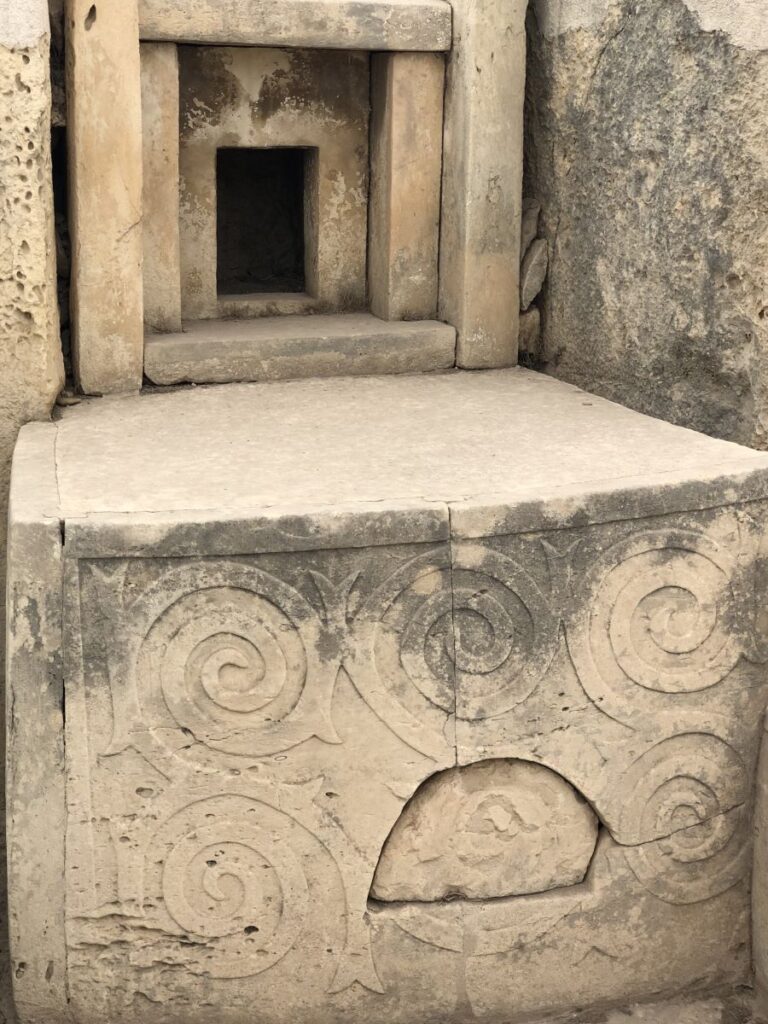


Other interesting things to see were wells, thick stone paving and circular stones that were perhaps used to move the large boulders. Many of the large door pieces contained holes in and through the stone. Current thoughts are perhaps these were the hinges for interior wooden or fabric doors.
The entire area has been covered in a white canopy to protect it from the elements. I thought this would distract from the temples, but I found it did not. It offered shade and in a warmer month, this would be a blessing both from heat and glare.
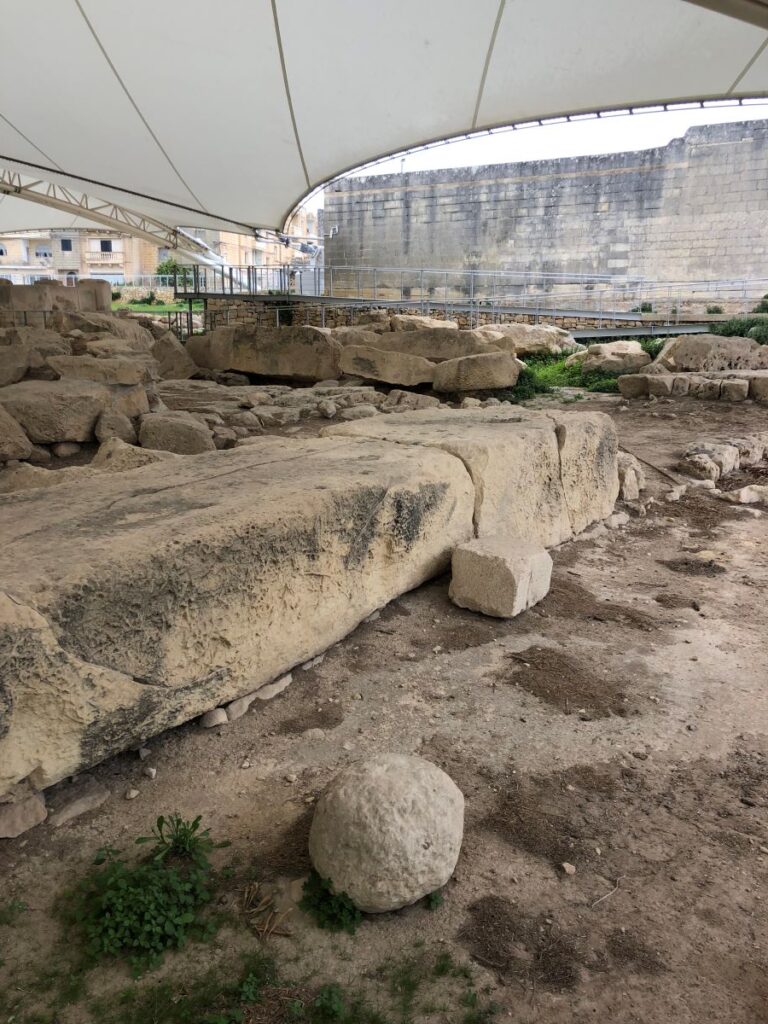
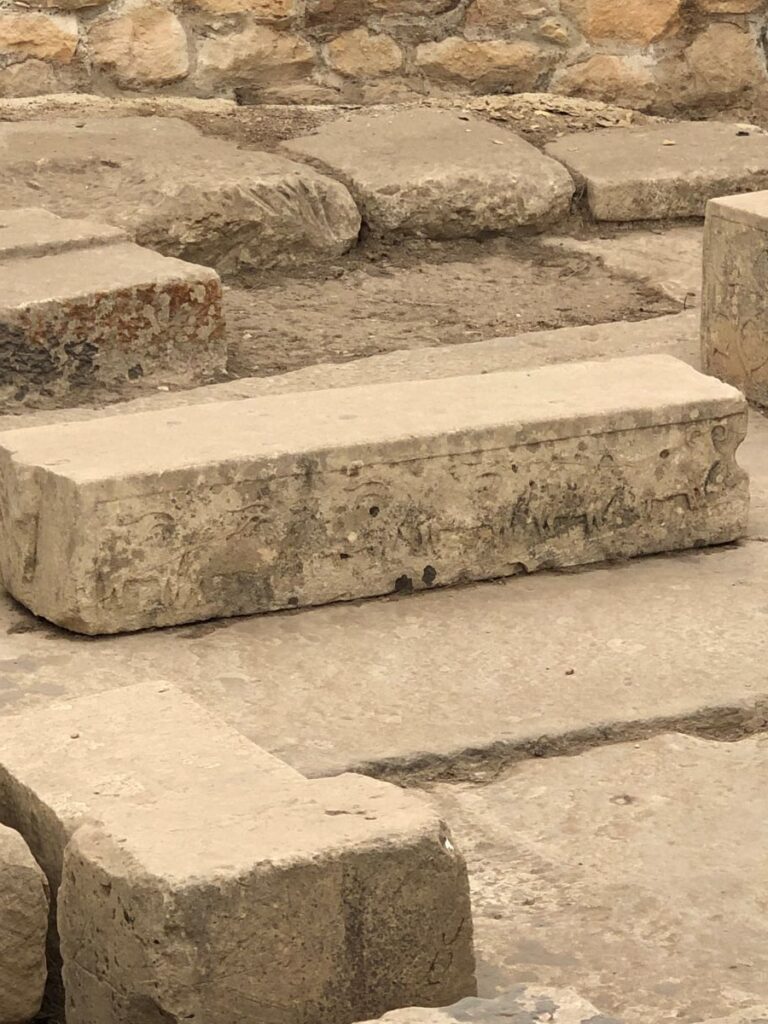
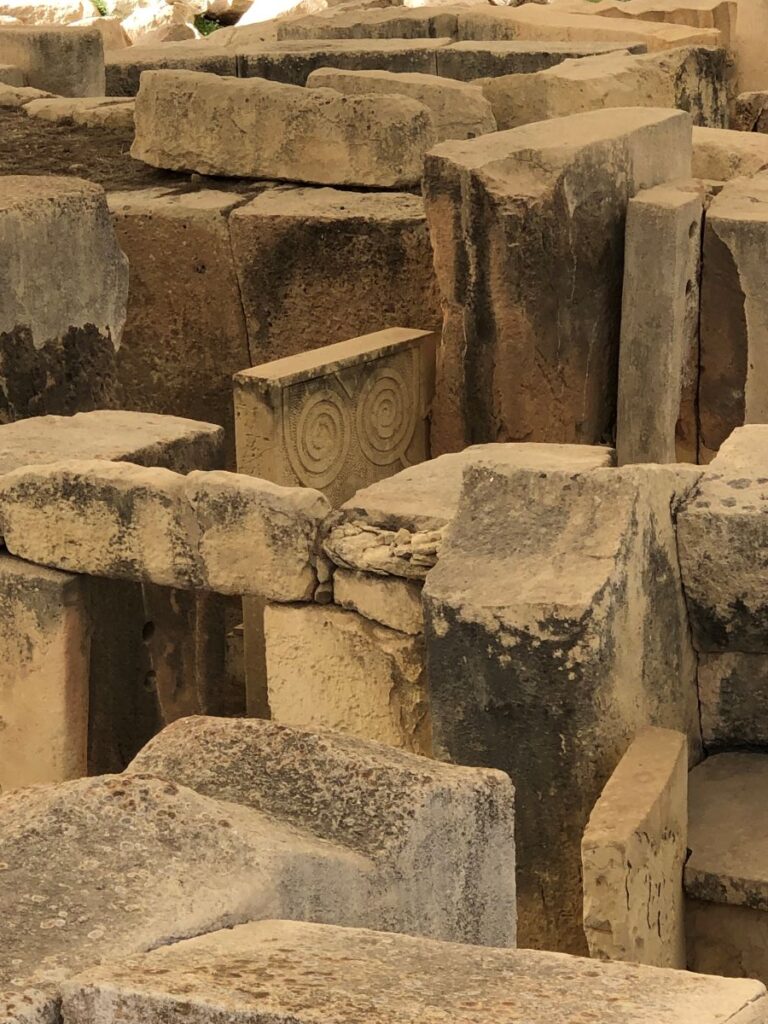
It did not take long to pass through the site. There is a good walkway that guides one along the way. Withing an hour I was out and headed onto my next adventure of the day. I would encourage anyone even remotely interested in ancient history to visit this site, if no other, on Malta.


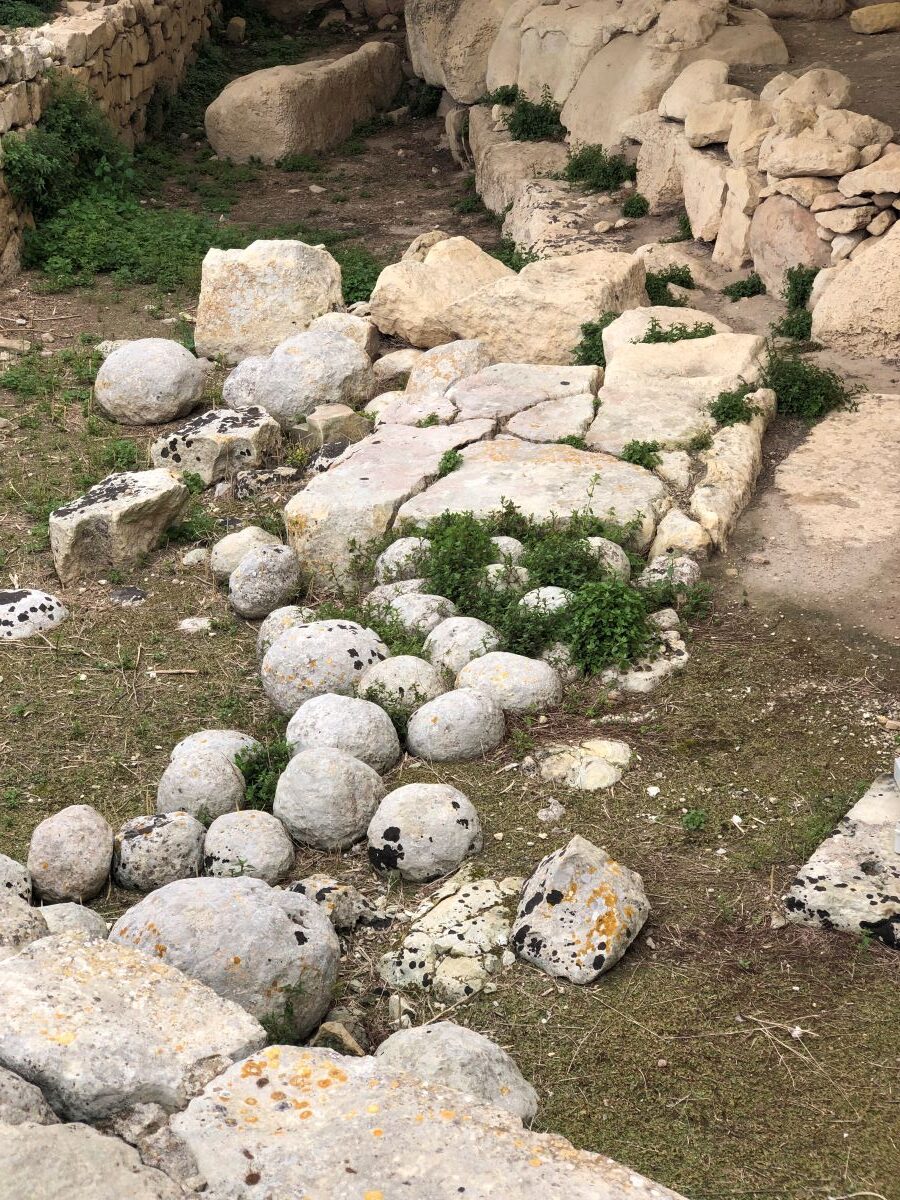

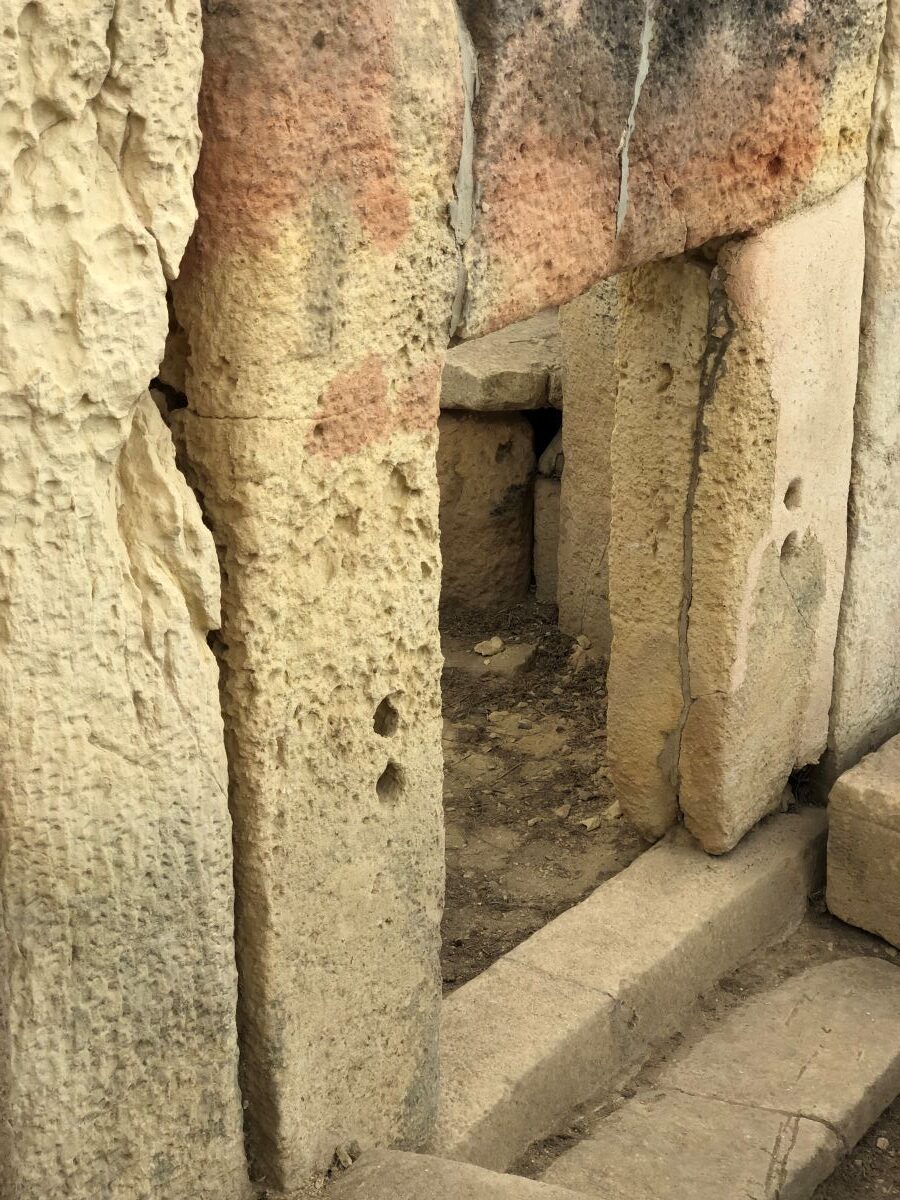
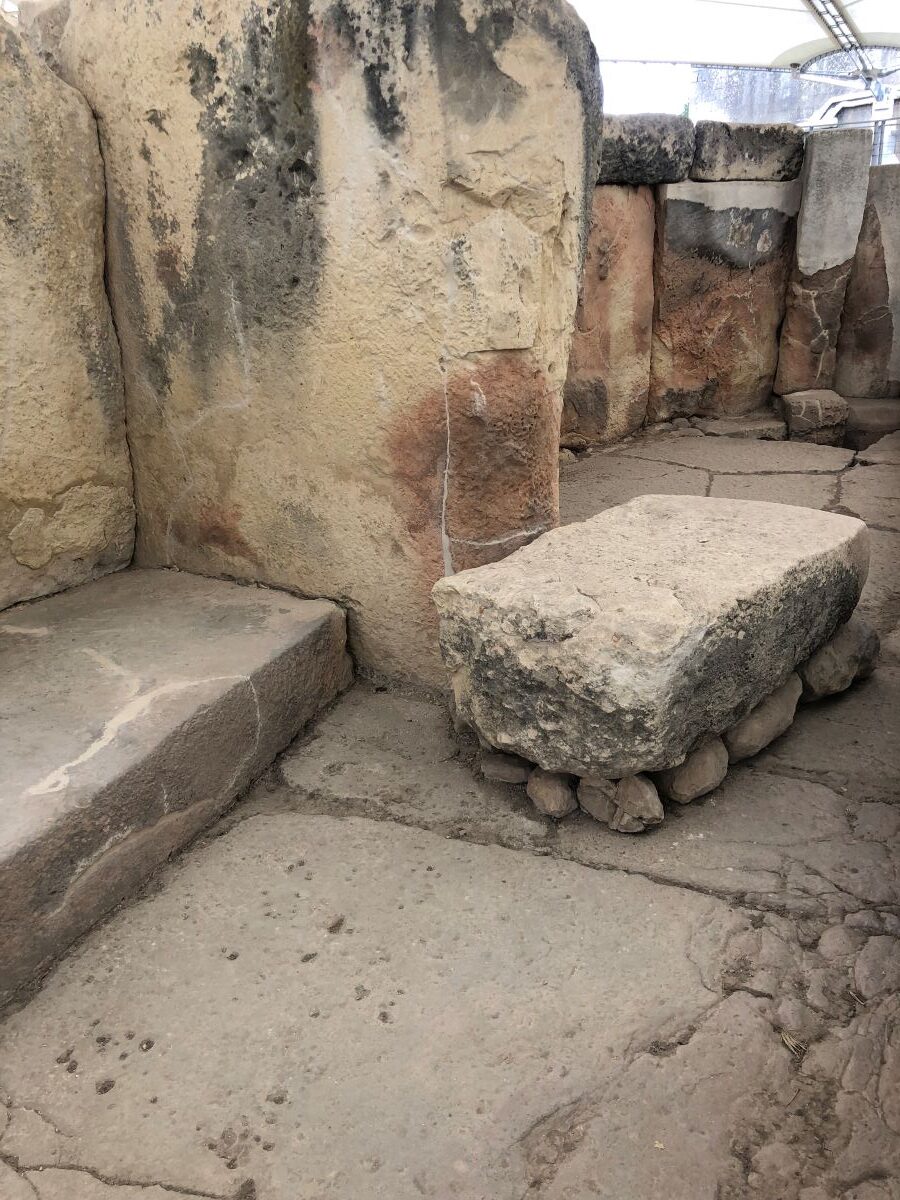
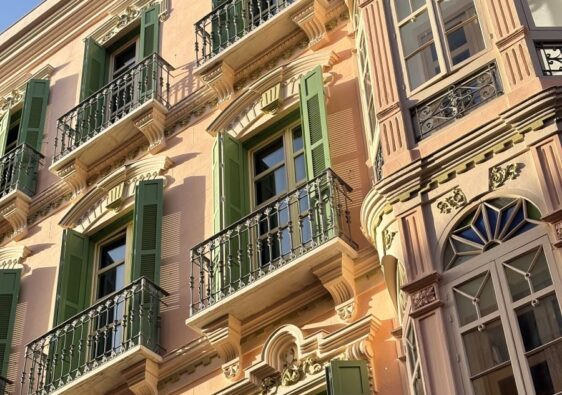
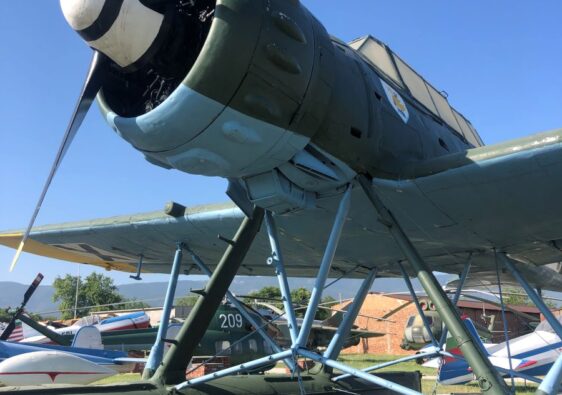

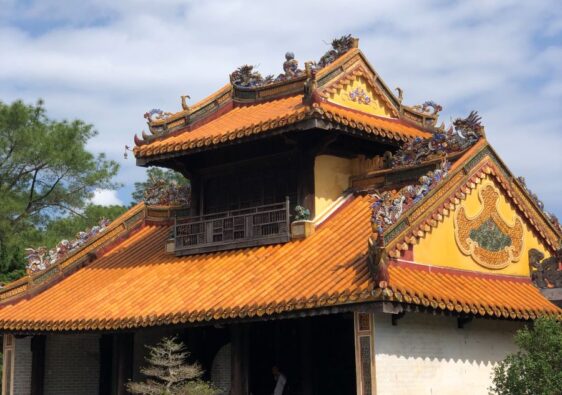
I was more than happy to discover this site. I wanted to thank you for your time just for this fantastic read!! I definitely really liked every little bit of it and I have you book-marked to look at new information in your website.
Hi there, Thanks so very much! I really appreciate the feedback. Have a super day!